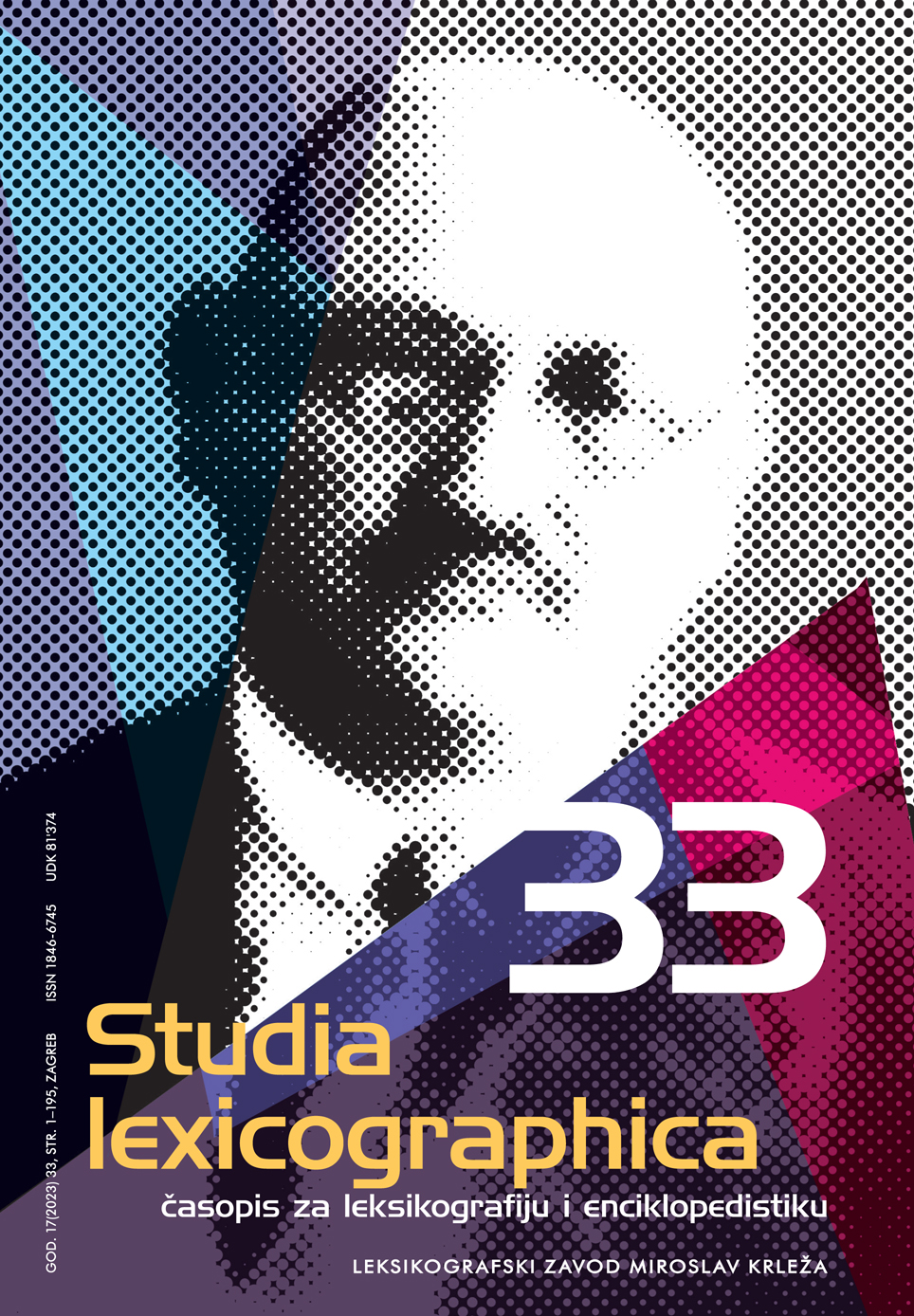A short history of food
DOI:
https://doi.org/10.33604/sl.17.33.5Keywords:
hunter-gatherers, cooking food, agricultural revolution, changes in food in the modern eraAbstract
A brief overview of the history of food is intended to remind us of how food has changed throughout history, from entirely natural ingredients to the beginnings of food production. The beginning of food production, known as the agricultural revolution, is considered the most significant development in human history and the foundation of modern civilisation. But where does all of this lead us? Pessimists might say it leads to increasingly challenging conditions for human survival on our planet, while optimists believe there is still hope for sustainable development and better conditions, through changes in energy policies and the development of new technologies. The influence of phenotype on genotype throughout our evolution suggests that we probably tolerate best the foods we have consumed the longest and most throughout millions of years. This also applies to the ‘mere’ 150,000 years of Homo sapiens’ development. According to what we know today, we have consumed entirely natural food for the longest time, without cooking and preparation, and we began cooking food 300,000 years ago, we continued to consume primarily fruits and vegetables, mushrooms, and the meat of smaller animals, fish, and shellfish. Therefore, such a diet should be the basis of nutrition today. This does not mean that we should not consume all the foods available today, but that we can consume them occasionally as supplements to basic foods. The article describes twelve key points that have changed the types, quantities, and quality of food, all of which have had an impact on the population as well as its appearance and health. It sequentially describes natural foods, the beginnings of cooking food, and the beginnings of food production, which introduced various types of grains and new beverages, such as beer and wine, along with the discovery of spices, and changes in food in the modern era after the discovery of America (1492) and the sea route to India. This meant a significant exchange of food around the world, a substantial increase in sugar and white flour production, the emergence of tobacco, strong spirits, coffee, and tea as well as new methods of food preservation. Later, after the industrial revolution, there was mechanisation in agriculture, the discovery of artificial fertilisers (Haber-Bosch process), the development of pesticides, numerous new varieties of hybrid grains, the introduction of hormones and antibiotics into agricultural production, and the emergence of genetically modified foods. We also anticipate that the next important step will be the production of cultured tissue meat, as today’s technologies allow us to produce all tissues, even those of animals that no longer exist, gradually reducing the need to slaughter domestic and wild animals for food. The goal of this short history of food is to remind us of how our food changes rapidly and thoroughly, as do its quantity, quality, and flavours.
Downloads
Published
Issue
Section
License
LicenseCopyright for papers published in this journal is retained by the authors, with first publication rights granted to the journal (this applies to both print and electronic issue). Papers in the journal are licensed under the Creative Commons: Attribution (CC-BY), which permits users to copy and redistribute the material in any medium or format, as well as to remix, transform and build upon material in educational and other settings, provided that the credit is given to the author and that the original work is properly cited. Complete legal background of license is available at: https://creativecommons.org/licenses/by/4.0/legalcode. It is the author’s responsibility to obtain permission to reproduce material from other sources. They also bear full responsibility in any cases of copyright infringement.







